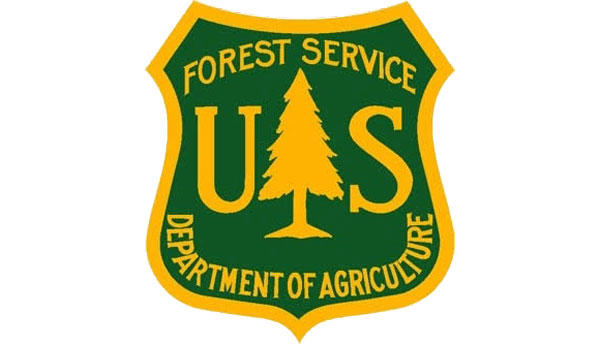
The U.S. Department of Agriculture’s Forest Service has published a report that provides a snapshot of current U.S. forest and rangeland conditions and projects conditions 50 years into the future. The Resources Planning Act Assessment report uses a mixture of scientific, climate and economic projections to identify drivers of change, resources and trends across all land ownerships, as well as summarize probable outcomes for nature-based economies.
The Resources Planning Act Assessment is published every decade with mid-decade updates and can be used to inform policies, management decisions and research efforts. Resources covered include forests, rangelands, urban forests, forest products, carbon, fish and wildlife, biodiversity, outdoor recreation, water, and the effects of socioeconomic and climate change. The Forest Service uses the assessment and other tools, to help inform efforts like land management plans, which set the long-term management direction and guidance for each national forest and grassland.
“This assessment provides a critical window into the risks facing our forests, rangelands, and communities across the U.S. now and into the future. Socioeconomic changes and the effects of a changing climate are leading to shifts in disturbances, including wildfires, that strain our natural resources and leads to increasing challenges for land managers and owners,” said Forest Service Chief Randy Moore. “Projections made years ago are now proving accurate, with forests in many states, particularly in the Intermountain West, slowly becoming net emitters of carbon. The Forest Service, boosted by extraordinary investments and grounded in the type of sound science this assessment provides, is working to tackle these issues through such efforts as implementing the wildfire crisis strategy, increasing reforestation, and working across ownership boundaries. This requires a national all-in effort today to mitigate the projected issues of tomorrow and in the future.”
The expansive report brings to life the Forest Service’s tremendous responsibility in stewarding the nation’s forests and grasslands. Forests cover about one-third of the U.S., provide 83 million people with at least half of their water, offset around 15% of the nation’s annual carbon emissions, and supply forest products and other benefits that serve people at home and around the world. The assessment shows the challenges affecting the nation’s natural resources, including growing threats like extended drought, natural disasters and forest fragmentation, all of which can have long-term adverse effects on forests and affect the people and communities that depend on them.
The report projects that annual carbon sequestration by U.S. forests will decrease, with total above ground carbon leveling off by 2070. To date, the Forest Service’s greenhouse gas bulletin shows that nine western states are now net emitters of carbon due to disturbances, including wildfire, insect infestation and disease.
The report also highlights progress. For example, household water use, driven largely by population and policies aimed at water conversation, led to remarkable declines in water use in many communities, even those with population growth. The decrease can be attributed to high-efficiency appliances, low-flow toilets, and programs to limit outdoor turf.
The Resources Planning Assessment is a companion to a host of other Forest Service scientific reports and tools, such as those produced by the Forest Inventory and Analysis program. Since 1930, this program has provided a comprehensive assessment of the current and prospective conditions of public and private forests. In addition, the National Report on Sustainable Forests uses a set of international sustainability measures to provide comprehensive information on current conditions and trends in the nation’s forests, forest industries and forest communities.
A more recent tool in beta format is the Forest Service Climate Risk Viewer that draws from 28 datasets to illustrate the overlap of multiple values with climate exposure and vulnerability, and current management direction on national forests and grasslands. Resource managers can use this information to assess the need for climate adaptation to maintain valued resources and to identify gaps between current practices and needed adaptation practices.
A humble homesteader based in an undisclosed location, Lars Drecker splits his time between tending his little slice of self-sustaining heaven, and bothering his neighbors to do his work for him. This is mainly the fault of a debilitating predilection for fishing, hunting, camping and all other things outdoors. When not engaged in any of the above activities, you can normally find him broken down on the side of the road, in some piece of junk he just “fixed-up.”

Jake says
I’m curious do they know trees and plants need CO2 to grow and produce oxygen? Do they know the fires in the forest are nature’s way to restore the nutrients in the soil? Do they know manage the forest by taking trees especially dead trees actually helps the health of the forest? I love on 24 acres and have 2 large ponds and small pond for horses and planting trees I can use for food, for me and animals that cross my land. You want to help the animals stop tall fences, it hurt my area that’s just coming back due to the farmers and hunters. Climate change is BS CO2 is good its the poison that corps make that’s bad, but yall aren’t stopping that with your cult.
Big Al 45 says
The Beetle kill in the West is enormous, but no mention of that???
Ed Schrade says
They didn’t mention their mismanagement as a problem, hmm.